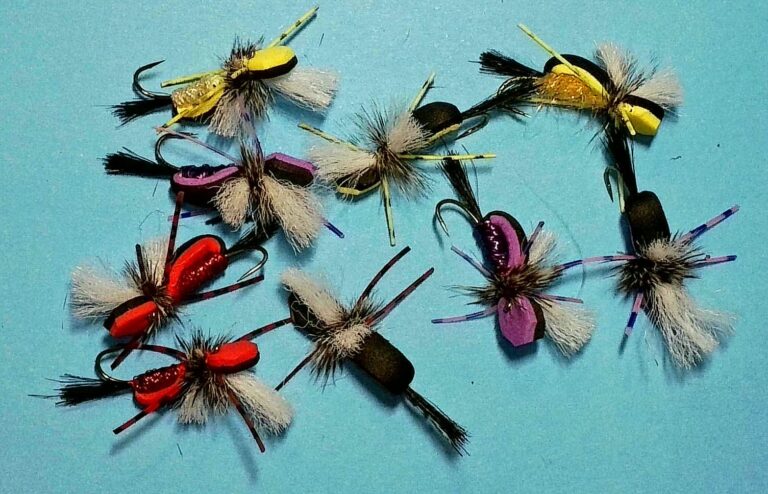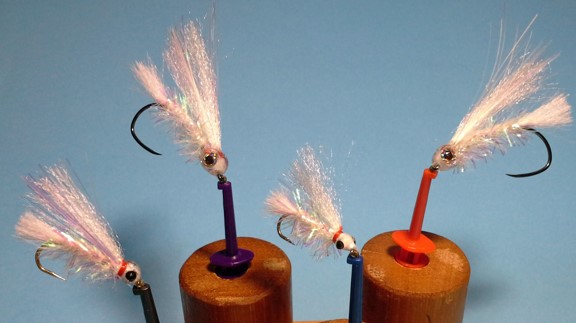Tucked along the upper Hastings River, west of Wauchope, you will find Harty’s Plains and Kindee. These locations are favourite destinations for Club members. They chase mullet, freshwater herring, and bass. These waters offer a mix of smooth pools and gentle runs, which are perfect for light fly tackle and sight casting along the edges. Freshwater herring, in particular, are a club favourite — often found schooling in numbers and providing plenty of action for their size. Whether you’re targeting the hard-fighting herring, the surface-smashing bass, or aiming for the ever-wary mullet, choose the right fly. It can elevate a good session into a great one. Here are some recommended patterns to try at Harty’s Plains and Kindee.
All the flies listed below target the herring. They are still very effective on bass. This is especially true if fished around the fringes and in and under cover, particularly in the deeper water.
Sinking Flies
Carp Fly – Backstabber Hybrid
This Carp fly is a real killer for Bass in size 4. It is also effective for Herring in sizes 8 and 10. It works well for Carp in size 4. We should really work on these flies for all 3 fish – especially when the fish are deep.
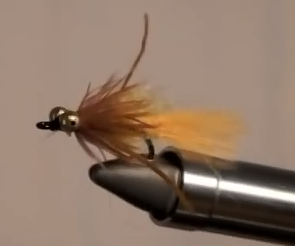
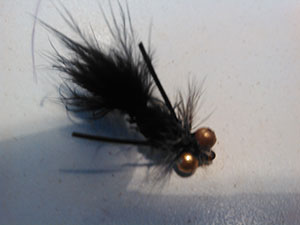
Alternative Materials
- The eyes can be brass bead chain in small sizes. I got a length of this from the Mitre 10 shop in Port industrial area.
- The legs can be silly legs or just the rubber from the inside of an Occy Strap.
- Any dubbing is good but the mohair in Olive is simple and effective, ie. UNI-Mohair 2X in Olive.
Bead Headed Carp Fly – Size 10 for Herring
Dog Nobbler
Small pieces of slit shot can be glued on as a head and then painted with an eye.
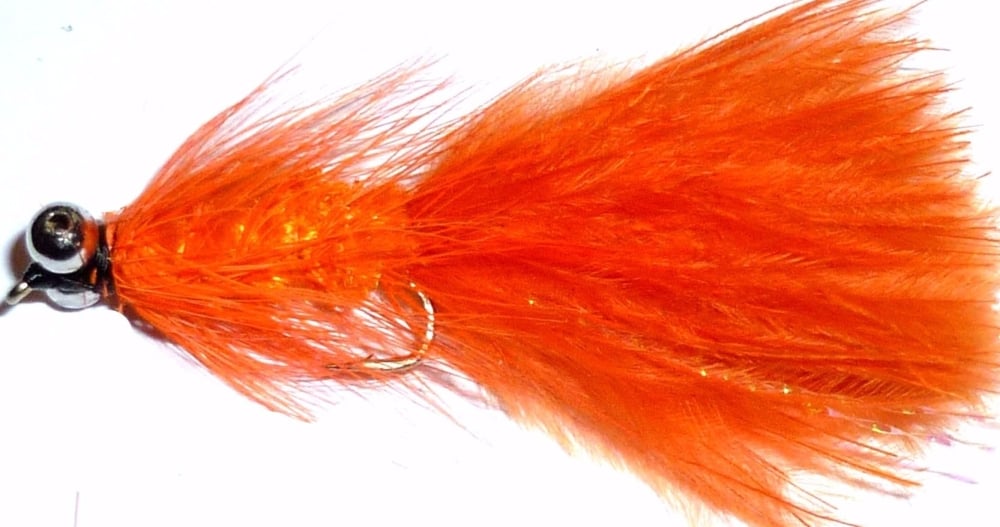

Olive Woolly Bugger
One of the very best trout flies ever – size 8 and 10 for herring and trout.
Floating Flies
The JOS Gurgler was created by Club member John O’Shaunessy. It is primarily a whiting fly. However, it is also effective on bream, tailor, long toms, and occasionally flathead. It is also known to have caught herring, mullet, blackfish and, occasionally, bass on it among other things.
Throughout Australia the Red Tag is excellent fished to surface feeding trout in rivers or still water (it is also a must-have for herring!)
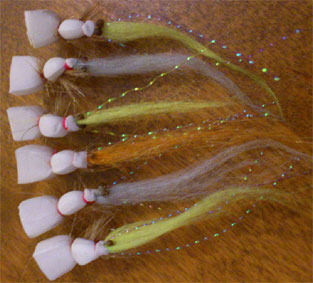

Fishing
The Red Tag should be fished with plenty of floatant. This ensures it stays on the surface or just in the surface film. Use an unweighted nymph. Tie it with a very light line – 4lb. Attach it to the bend of the hook. These are most effective in moving water in the deeper parts of the river, using a floating line.
The JOS gurgler can be fished around the fringes. It is effective where there are fish moving and breaking the surface. It also works just under the surface, again using a floating line.
Weighted nymphs are better fished with a floating line where the water is moving a little faster.
The Carp Fly and its alternatives can be fished using floating lines. They can also be fished using intermediate lines. The intermediate line is more effective in deeper and faster moving water.
Casting
Remove Slack from the Fly Line before the Cast
Casting in the saltwater and the fresh requires care. It is important to minimise the disturbance of the line on the water when starting to recast. This is even more critical in the salt. We use heavier lines and larger flies, so it is even easier to spook the fish.
There are 2 methods to do this:
- Point and Cast. Point the rod tip at the fly. Slowly pull the line until the slack is removed. Then, and only then, should you lift the rod and attempt the back cast. Lift the rod slowly at first and then gently accelerate into the back cast.
- Use the Roll to Start. If there’s a line on the water and you need to recast quickly—like when you spot a fish—use the roll cast. This helps lift the line from the water instead of making a back cast. Begin by gently moving the line, lifting the rod to the side and back as you would in a roll cast to remove slack, then perform your normal overhead cast. The roll cast is effective for getting a sinking or intermediate line to the surface for a proper overhead cast.
So there are two benefits from removing the slack from the line before you attempt a cast – with no slack in the line the rod loads early so you can recast quickly with a minimum of false casts and the disturbance on the water has been reduced and will not scare the fish.
Cast to Use – Reach Mend
As most of the fishing at Harty’s Plain is across the flow of the river – the reach mend is critical to help eliminate drag on the fly – fish hate drag, they think it is unnatural. The flies that catch fish float naturally down the river. Check out Carl McNeil’s Reach Mend on YouTube.
The video below is part of Carl McNeil’s DVD “Casts that Catch Fish”.








